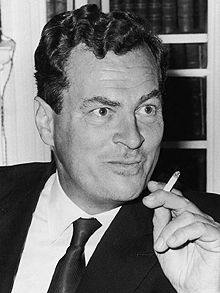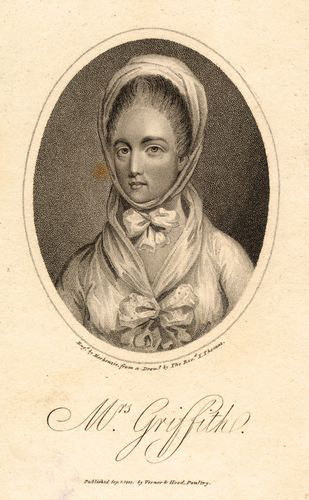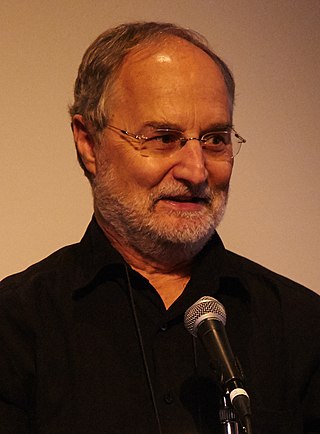Related Research Articles

An epistolary novel is a novel written as a series of letters. The term is often extended to cover novels that intersperse documents of other kinds with the letters, most commonly diary entries and newspaper clippings, and sometimes considered to include novels composed of documents even if they do not include letters at all. More recently, epistolaries may include electronic documents such as recordings and radio, blog posts, and e-mails. The word epistolary is derived from Latin from the Greek word ἐπιστολή, epistolē, meaning a letter . In German, this type of novel is known as a Briefroman.

Mordecai Richler was a Canadian writer. His best known works are The Apprenticeship of Duddy Kravitz (1959) and Barney's Version (1997). His 1970 novel St. Urbain's Horseman and 1989 novel Solomon Gursky Was Here were nominated for the Booker Prize. He is also well known for the Jacob Two-Two fantasy series for children. In addition to his fiction, Richler wrote numerous essays about the Jewish community in Canada, and about Canadian and Quebec nationalism. Richler's Oh Canada! Oh Quebec! (1992), a collection of essays about nationalism and anti-Semitism, generated considerable controversy.

Gabrielle Roy was a Canadian author from St. Boniface, Manitoba and one of the major figures in French Canadian literature.
Canadian literature is the literature of a multicultural country, written in languages including Canadian English, Canadian French, Indigenous languages, and many others such as Canadian Gaelic. Influences on Canadian writers are broad both geographically and historically, representing Canada's diversity in culture and region.

Sir Patrick Michael Leigh Fermor was an English writer, scholar, soldier and polyglot. He played a prominent role in the Cretan resistance during the Second World War, and was widely seen as Britain's greatest living travel writer, on the basis of books such as A Time of Gifts (1977). A BBC journalist once termed him "a cross between Indiana Jones, James Bond and Graham Greene".

Frances Brooke was an English novelist, essayist, playwright and translator. Hers was the first English novel known to have been written in Canada.
This article contains information about the literary events and publications of 1769.
This is an article about literature in Quebec.

Sillery, a former independent city founded in 1637, is one of 35 administrative sectors, which are unincorporated places, located in the post-expansion jurisdiction of the City of Quebec, Quebec, Canada. Sillery was one of multiple self-governing municipalities amalgamated into a vastly expanded Quebec City, that went into legal effect on January 1, 2002, as part of the province-wide 2000–06 municipal reorganization in Quebec. Located alongside in what pre-merger was the southwestern border of Quebec City, Sillery is a constituent district of the borough of Sainte-Foy–Sillery–Cap-Rouge. The territorially expanded City of Quebec consists of six boroughs.

Charles William Foran is a Canadian writer in Toronto, Ontario.

Elizabeth Griffith was an 18th-century Welsh-born dramatist, fiction writer, essayist and actress, who lived and worked in Ireland.

He Knew He Was Right is an 1869 novel written by Anthony Trollope which describes the failure of a marriage caused by the unreasonable jealousy of a husband exacerbated by the stubbornness of a wilful wife. As is common with Trollope's works, there are also several substantial subplots. Trollope makes constant allusions to Shakespeare's Othello throughout the novel. Trollope considered this work to be a failure; he viewed the main character as unsympathetic, and the secondary characters and plots as much more lively and interesting, but it is one of his best known novels. It was adapted for BBC One in 2004 by Andrew Davies.
Lieutenant-Colonel Henry Caldwell was a Canadian army and militia officer, a successful businessman and a member of the Legislative Council of Lower Canada.

Jesuit missions in North America were attempted in the late 16th century, established early in the 17th century, faltered at the beginning of the 18th, disappeared during the suppression of the Society of Jesus around 1763, and returned around 1830 after the restoration of the Society. The missions were established as part of the colonial drive of France and Spain during the period, the "saving of souls" being an accompaniment of the constitution of Nouvelle-France and early New Spain. The efforts of the Jesuits in North America were paralleled by their China missions on the other side of the world, and in South America. They left written documentation of their efforts, in the form of The Jesuit Relations.

Jovette Marchessault was a Canadian writer and artist from Quebec, who worked in a variety of literary and artistic domains including novels, poetry, drama, painting and sculpture. An important pioneer of lesbian and feminist literature and art in Canada, many of her most noted works were inspired by other real-life women in literature and art, including Violette Leduc, Gertrude Stein and Alice B. Toklas, Emily Carr, Anaïs Nin and Helena Blavatsky.

Pierre Anctil is a Canadian historian. He is specialist of the Jewish community of Montreal, of Yiddish literature and of the poetic work of Jacob-Isaac Segal. He also published on the history of immigration to Canada. He translated a dozen Yiddish books into French.
Michèle Marineau is a Canadian writer and translator living in Quebec.

The Sillery Heritage Site is an area containing historic residences and institutional properties located in the Sainte-Foy–Sillery–Cap-Rouge borough of Quebec City, Quebec, Canada. It was the first of 13 declared heritage sites of the Province of Quebec, and is among the four of which are located in Quebec City. Having been called the "cradle of the French Canadian nation," the heritage site includes approximately 350 buildings along 3.5 kilometres of the Saint Lawrence River shoreline. The Sillery Heritage Site includes buildings constructed during every major period of Quebec's history, dating back to the time of New France.

François Gravel is a Canadian writer from Quebec. Most noted as an author of literature for children and young adults, he has also published a number of adult novels.
Franco American literature is a body of work, in English and French, by French-Canadian American authors "who were born in New England...born in Canada, [and] spent most of their lives in New England...[, or] those who only traveled through New England and wrote of their experiences." "Franco-American literature" however, as a term, has also been characterized by novels written by the Great Lakes Region diaspora as well. In a broader sense the term is also used as a handle for those writers of Cajun or French descent, outside of the Quebec émigré literary tradition.
References
- 1 2 3 4 5 6 7 "Treasures of the Library: The History of Emily Montague by Frances Brooke, 1769". Parliament of Canada . Archived from the original on February 6, 2021. Retrieved February 6, 2021.
- 1 2 Maison des Jésuites-de-Sillery. Répertoire du patrimoine culturel du Québec (in Canadian French). Ministère de la Culture et des Communications . Retrieved February 6, 2021.
- 1 2 3 4 5 6 7 Moss, Laura (January 8, 2001). "Frances Brooke: The History of Emily Montague". The Literary Encyclopedia.